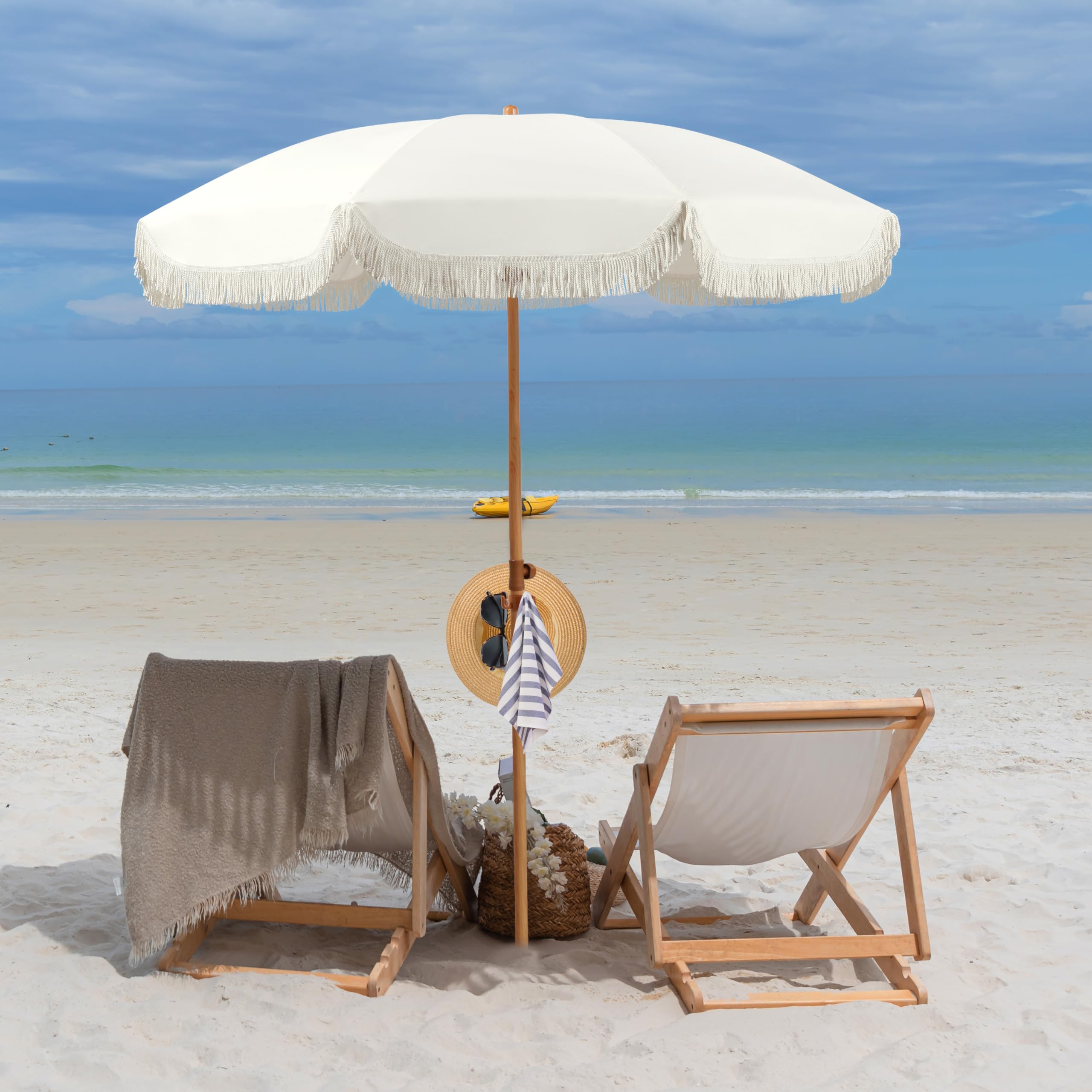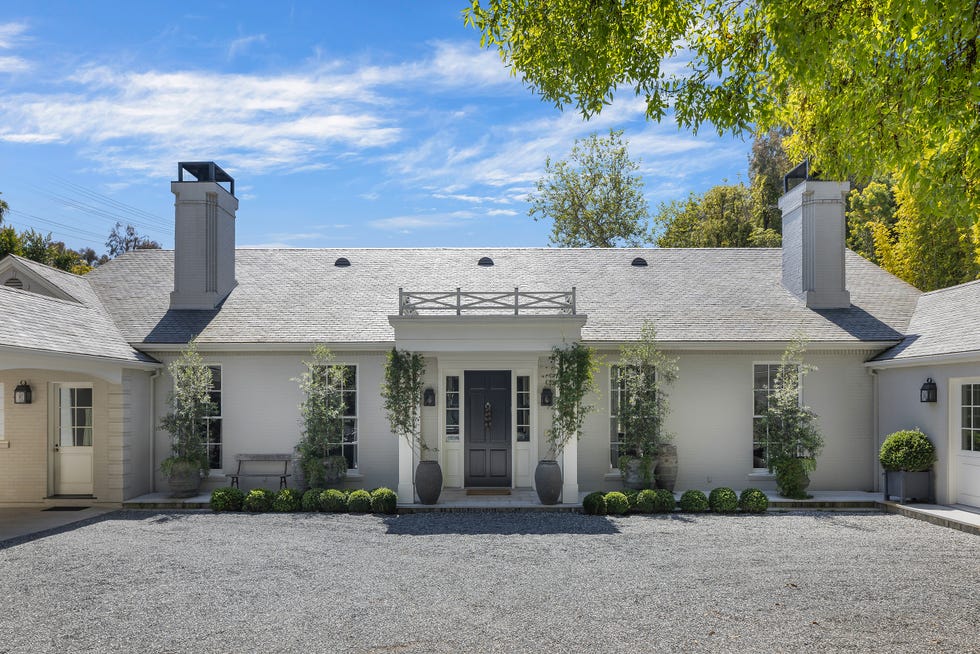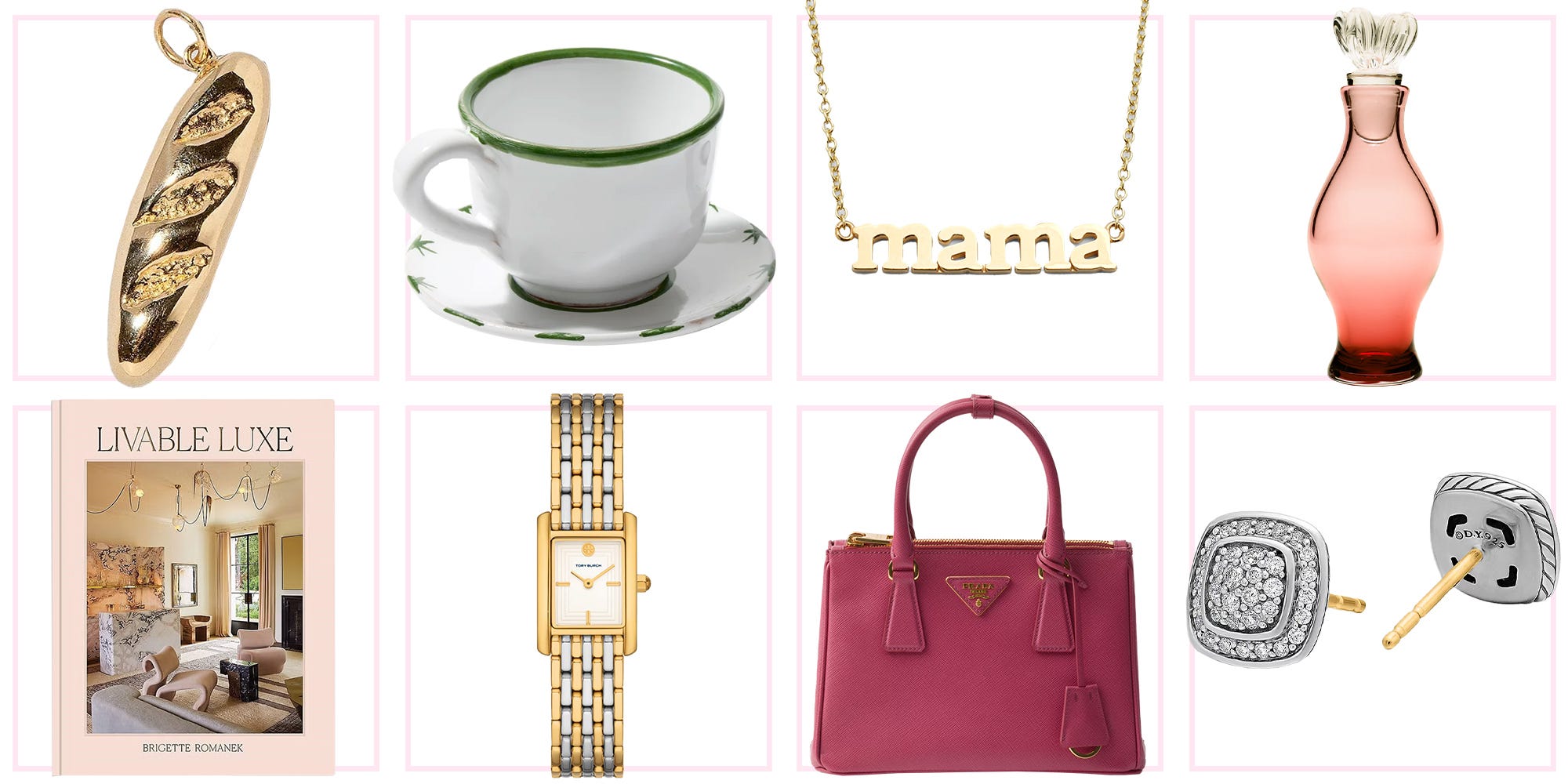Window boxes have a certain reputation. They’re quaint, they’re cottage-core, they’re fussy. And while there are reasons for these preconceptions, there’s a lot more to the window box than all that.
The distinguishing feature of these types of planters is that they can be seen from multiple perspectives, from inside and outside the house. Unlike a raised bed or even a vertical garden, the window box adds depth to what we see when we look out. And while, yes, what comes to mind might be the French Quarter in New Orleans or a Dutch cottage with painted shutters, there is a box to match every aesthetic and growing climate.
Below you’ll find a basic argument for the window box. You’ll also find a bite of the big history behind these seemingly simple house dressings as well as a beginner’s guide to choosing, placing, and planting a box, and, finally, a buffet of inspirations to get your creative juices flowing.
What is a window box?
First: Let’s define the object of inquiry. The window box is, true to name, a rectangle hung beneath an outdoor window. But window boxes are as often hung from balcony railings, fences, and sometimes even walls. What distinguishes these planters from raised garden beds or vertical garden equipment is mostly in name and shape: These planters don’t touch the ground, typically sit in or near a window or on a fence, and are thus, viewable from multiple spaces.
What’s the history behind the window box?
The history of the window box is long and varied. In the US, the window box is said to have gained popularity for its role in social or municipal housekeeping during the Progressive Era of the 1890s to 1920s, a socio-political movement linked to early feminists expanding the definition of women’s work. By claiming the exterior of the house as well as the inside, women found an inroad to political engagement. Issues to do with sanitation, food safety, health, and education were thus in their purview, and the community became an extension of the home.
In her recently published article “Planting Inside Out: Window Gardening and Civil Rights in Nineteenth- and Twentieth-Century Philadelphia” the landscape historian Sonja Dümpelmann describes her research on 19th and 20th-Century social reformers who made their work tending window boxes a means of charity and urban renewal: they enhanced the health of the community and, also, signaled the health of the household within through the well-tended garden hanging beneath, and outside, the window. “‘Gardens in a box,’ as they were also referred to by early promoters, can make homes and entire neighborhoods look and feel different,” Dümpelmann told the New Canaan Advertiser. “They forge distinct identities with their plant selection and the style and color of the boxes… Plants were key in both window-box charity and window-box activism. People came together to care for plants, creating friendships among neighbors and ties between low-income and wealthy neighborhoods. The women used plants and window boxes to protect private space and increase the safety of public space.»
Why invest in a window box now?
Window boxes today can serve much the same function as they did for social reformers of yore: They brighten up a city block or a suburban window while also signaling investment in a community. From an architectural standpoint, window boxes add depth and interest to an otherwise flat facade. A bright pop of living foliage draws the eye while also working to soften the hard-scaping of building materials.
Put another way, window boxes are gardens your house gets to wear like accessories. And unlike a full garden, window boxes have the added benefit of acting as frames for a dense and decadent arrangement. Sort of like a bouquet that’s captured in a thin-necked vase, the foliage and flowers in a box are pressed together in a way they would not naturally grow, given the space to sprawl or creep or crawl, and so create the kind of lush growth that would take decades at full scale.
How to select, place, and plant a window box
Your window box needs to be just deep enough to hold soil for multiple plants to thrive. Experts recommend between eight and 12 inches deep; a standard box is about eight inches.
Most important though is fitting a box to the window. The typical style is a box that runs the length of the window or extends two inches beyond it on either side. But this isn’t a rule, just a standard. How your box is mounted will depend on the treatment of your home’s exterior, so make sure you’ve taken a good look or consulted with someone handy before heading to the store to pick out a box.
Another important factor is drainage: Your boxes need to drain. Because these are shallow basins for plants, they need a lot of water, often, which means a lot of drainage, too.
If you’re buying prefab boxes, they should come equipped with drainage holes, so what you have to worry about is getting the right kind of soil for the plants you intend to grow. A general rule is to use potting soil that’s already been mixed with fertilizer.
Choosing plants for your box will entirely depend on the look you’re after as well as the climate you’re in. But here are some tips and tricks to have at hand as you research your planting: First, decide whether or not to try for a high, low, or hanging planting. Standards like buxus or red coleus can add dramatic height to a box while the lime green of sweet potato vine (popular in coastal cities) adds the elegant ennui of the drooping creeper. Pennisetum rubrum or purple fountain grass can grow to be several feet high and wide in the ground, which means that even in a shallow box it’s going to add a regal height and powerful purple to arrangements. Standard edible plants, like nasturtium and parsley, are perfect middle-height fillers. Geranium and pansy are classics in the flower categories.
And 6 inspiring window boxes to get you started
The Classic
Nothing is more standard than a box hidden beneath the exuberance of geraniums. And for good reason. They look and smell wonderful, and recall their ideal Mediterranean growing conditions. There are actually many types of geraniums, however, so while it might be a standard, your take doesn’t have to be.
Stately with staples
If you’re lucky enough to have found a home with ledges built beneath your windows, much of the work of the box has been done for you. The trick then is fitting the box to the length of the ledge, and matching the planting to the architecture. Try an East Coast standard like hydrangeas supported by a shorter, vibrant annual.
Treat a door like a window
Using a balcony railing to support window boxes is not uncommon. The trick is securing your box (it’s more vulnerable to winds and elements). For a railing planting, you’re probably going to want to stick with shorter, vibrant plantings, rather than the taller shrubs and trees that are better supported by the wind-block of a nearby wall or window. Open the door onto your balcony and a railing planting has added seasonal color and texture to the view.
The decorative holiday box
In the winter, when traditional window-box annuals have finished blooming, boxes can be repurposed as vessels for winter decoration. Try filling them with pine boughs and lights after the first frost.
Go green
For beach and mountain homes that don’t want the ornamentation of floral arrangements (and whose climates won’t support them, either), a window box of hardy shrubs becomes an understated living accent. Dwarf thuja and juniper are strong choices, as are buxus and even some nandinas.
Try tropical
If your growing climate is tropical, lean into it. Large shrubs and trees are a great window box filler and can be paired with lavish vines and bright blooms, depending on the real estate you’re working with.
Bonus: Stretch the definition of «window»
As indoor-outdoor spaces merge, so too does the meaning of a window box. Here are a few window-adjacent box ideas to try.
Decorate an archway with window boxes
If you have a terrace or other outdoor room with arches that frame a view, just as a window might, line the base with boxes. The impact is immediate.
Make a window with a mirror
By hanging a mirror on an exterior wall, you’ve created depth to your space and new potential for the window box.
Make a pool a window
Another reflective surface? A swimming pool. Line the edge with a standard window box and you’ve created a low barrier while also helping to segment a yard, creating distinct spaces for eating and playing and dining.
Line a rooftop with boxes
Not unlike the railing, a rooftop terrace is an opportunity for boxes that draw the eyes up or outward. A rooftop ledge is also ideal for the taller plants, like olive trees and ornamental grasses, as they’ll be visible from far below. Of course, make sure they’re secured and safe from heavy gusts.













